
Unscrew the IN-SOL Solar Meter battery lid by turning twice onl.

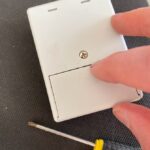

Unscrew the IN-SOL Solar Meter battery lid by turning twice onl.


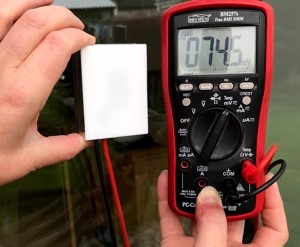
Place the IN-SOL Solar Power Meter on the outside and on the same plane as the glazing and
ensure that you do not shade the sensor.
A day with the sun shining will give more accurate readings. Read the values displayed from the multi-meter or with the integrated IN-SOL solar meter and this corresponds to the watts/m2 that are falling on the glazing.
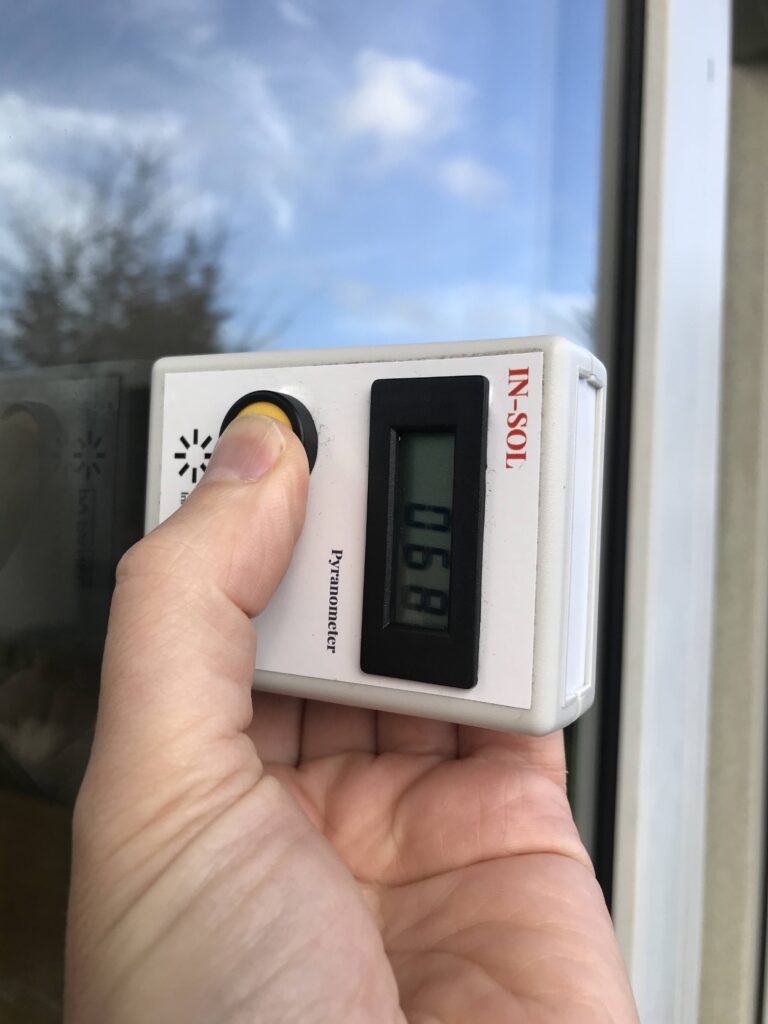
Now place the IN-SOL Solar Power Meter / Pyranomètre on the inside on the same plane as the glazing with the sensor area facing outwards.
Read the display from the multi-meter or IN-SOL meter and this corresponds to the watts /m2 that are getting through the glazing.
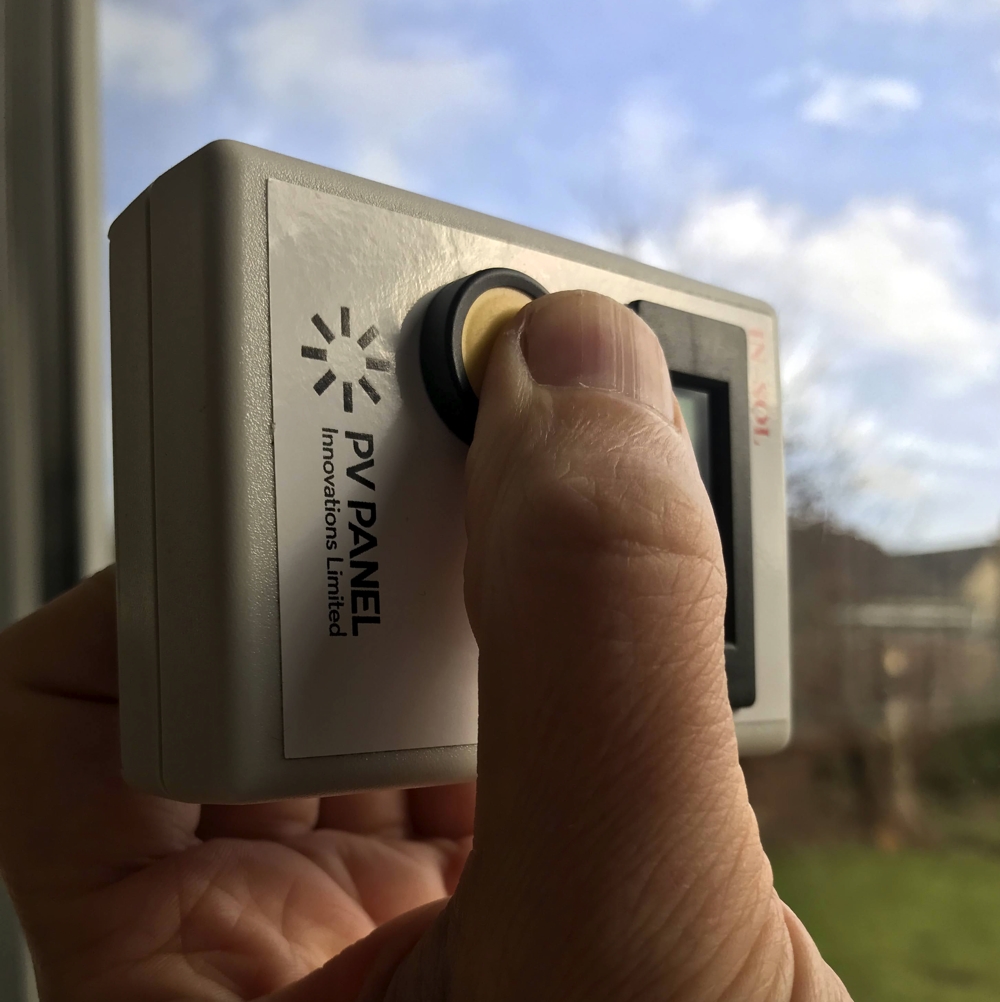
Calculating the Glazing SHGC /g-value
To calculate the SHGC divide the inside power reading by the outside irradiance reading
and this provides the SHGC (Solar Heat Gain Coefficient also known as the g-Value of glazing). If the inside reading is 500w/m2 and the outside reading is 1000w/m2 then the SHGC or g-value is 0.5 which equates to 50% of solar heat
gain is being transmitted through the window. The lower the value the less heat is transmitted through the window. Note:-The highest accuracy can be achieved by carrying out the test a few times to get an average and using direct irradiance rather than diffused or reflected irradiance. The tint of the glazing will also reduce when the SHGC/g-value is reduced.
All Solar Panels are tested to a particular Standard which allows one to compare their performance. There are usually two methods used- the Standard Test Conditions (STC) and Normal Operating Cell Temperature (NOCT).
STC– Standard Test Conditions are made up of a few measurements. The irradiance (solar power from the sun that activates the PV panel), the Spectral light at an air mass of 1.5, and a cell temperature at 25 degrees Celcius.
Spectral Light and Air Mass-Light changes as it passes through the atmosphere. One can see this change if one compares the evening sunlight colour (warm colour) to daylight (blue). The angle of the sun thus changes the performance of the solar panel as different wavelengths (colour ) shine on the PV panel. This is why they picked a value that approximately equates to 30 degrees from the highest position of the sun (directly overhead) which represents a generic value for all manufacturers to compare their PV panels on a clear day.
When clouds appear everything changes again. If there are a few clouds one can get higher irradiance (solar power) than without clouds because the sun will be reflected by the cloud and thus increase the solar power (irradiance) shining on the PV panel and thus it generates more power than under normal test conditions.
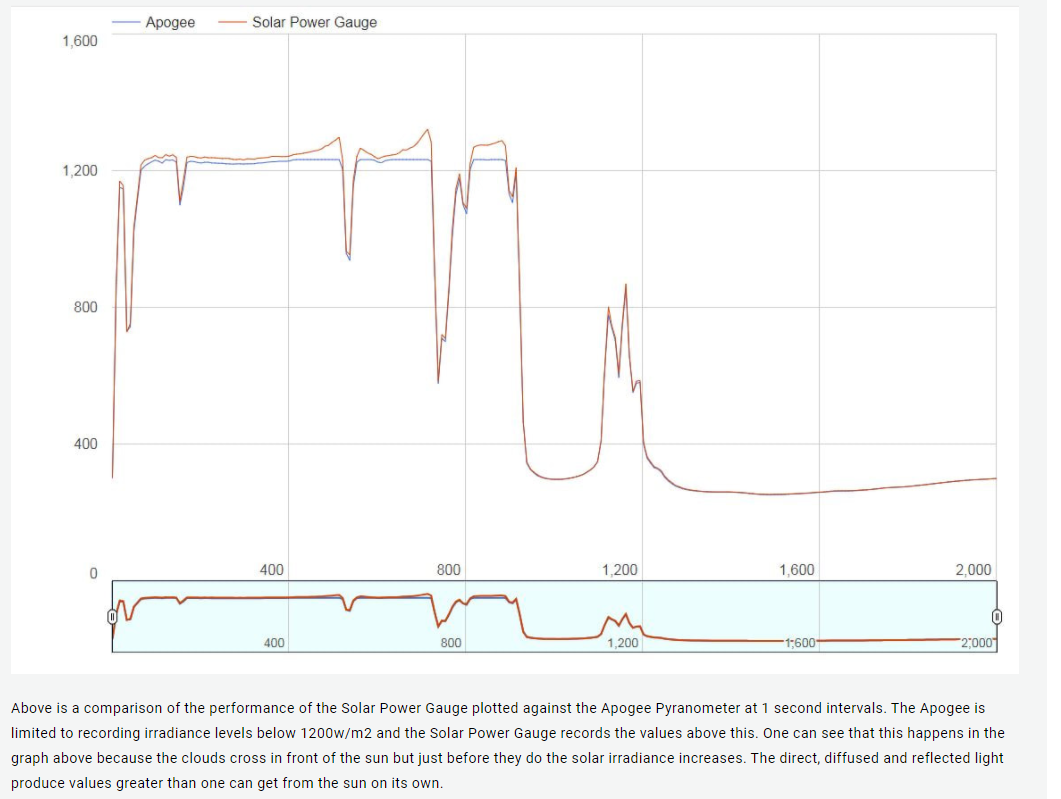
If you compare the PV panel innovations IN-SOL pyranometer (Solar Power Gauge) to the competitors unit above you will see that there is a rise in irradiance just before the cloud fully covers the sun .
When it is cloudy and overcast the performance of the solar panel is reduced. Pyranometers let you know what the input power to your PV system is at a particular time when the temperature of the solar panel is also known. During your solar PV installation, your pv installer will record these values to ensure your system is configured correctly to generate the designed output power in KW that you paid for.
For those who what to look at the theory this is a good link Air Mass | PVEducation